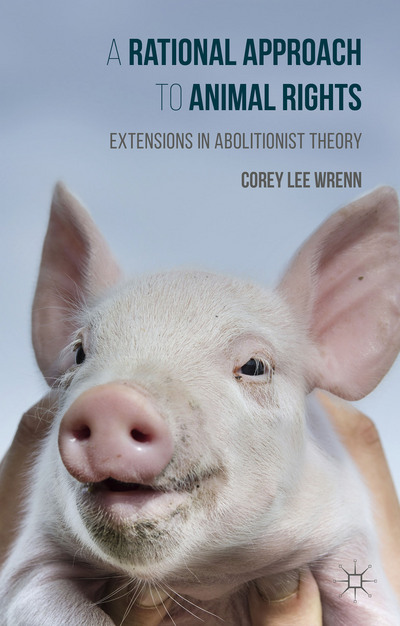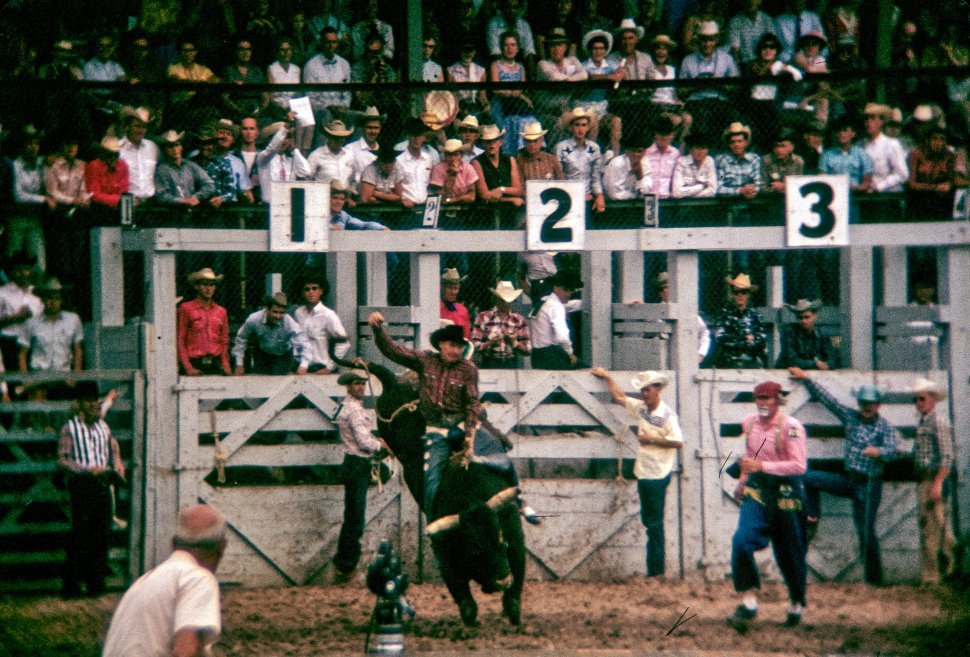Emotions in Society
Although emotions are individually experienced, they are often socially triggered. Emotions link humans with other humans (and other animals). This allows for important bonding, empathy, and cooperation.
Social movements find that emotions are very important for mobilizing protest, too (Jasper 1998). These sorts of emotions can include joy, excitement, fear, and even aggression. For activists interested in nurturing peace, it is worth understanding the mechanics of emotion in social spaces. This is particularly so when it comes to aggression since aggression can undermine social justice efforts.
Group Size and Aggression
Social movements do not only focus on the emotions of their own activists. They must also concern themselves with the emotions of constituents and countermovement participants. Just as joy or frustration may motivate folks into collective action, anger or aggression can manifest as resistance in the public. Essentially, in group settings, a mob-like effect can take hold as the presence of more people can increase aggressive tendencies (Mullen 1986). This explains aggression in gangs as well as in lynch mobs.
Protests that are intended to confront large groups of people could easily trigger this group-level aggression. This is why, for instance, the Charlottesville hate march so easily spiraled into aggressive conflict. Emotions are easily aroused by the presence of others. More importantly, the presence of others allows for the diffusion of responsibility.
Antisocial tendencies can, ironically, spike in social situations. Vegan protests that do not take into consideration the relationship between group size and aggression could run into trouble. Researchers find that, when prompted, individuals are much less likely to react with aggression than groups (Gaebelein and Mander 1978). Why? They feel they are personally responsible for any negative consequences.
Groups and Speciesism
The social psychological tendency for aggression to spike in group settings is also relevant to the wellbeing of Nonhuman Animals. Excessive violence against other animals in gruesome rituals such as “bullfighting,” “cockfighting,” “bearbaiting,” and “dogfighting,” for instance, is predictable based on the large presence of humans.
The power of groups on emotive, anti-social behavior can also be observed in shared food rituals (such as barbeques), entertainment (such as “horseracing”), and science (such as vivisection). Groups allow for the diffusion of responsibility. Groups also create a shared emotional experience that bonds the individual to the group and their behavior.
In addition to tailoring vegan protest to avoid confrontations with a group of emotionally-charged humans, vegans should tailor campaigns to help Nonhuman Animals avoid aggressive human groups as well. Vegan strategies that trigger social responsibility will be more successful than strategies that allow for constituents to diffuse responsibility amid the group.
For the Vegan Toolkit
- Avoid large groups of people as protest targets to avoid mob-like response
- The presence of large groups can be dangerous to Nonhuman Animals
References
Gaebelein, J. and A. Mander. 1978. “Consequences for Targets of Aggression as a Function of Aggressor and Instigator roles: Three Experiments.” Personality and Social Psychology Bulletin 4 (3): 465-468.
Jasper, J. 1998. “The Emotions of Protest: Affective and Reactive Emotions In and Around Social Movements.” Sociological Forum 13 (3): 397-424.
Mullen, B. 1986. “Atrocity as a Function of Lynch Mob Composition.” Personality and Social Psychology Bulletin 12 (2): 187-197.

Readers can learn more about the social psychology of veganism in my 2016 publication, A Rational Approach to Animal Rights. Receive research updates straight to your inbox by subscribing to my newsletter.

